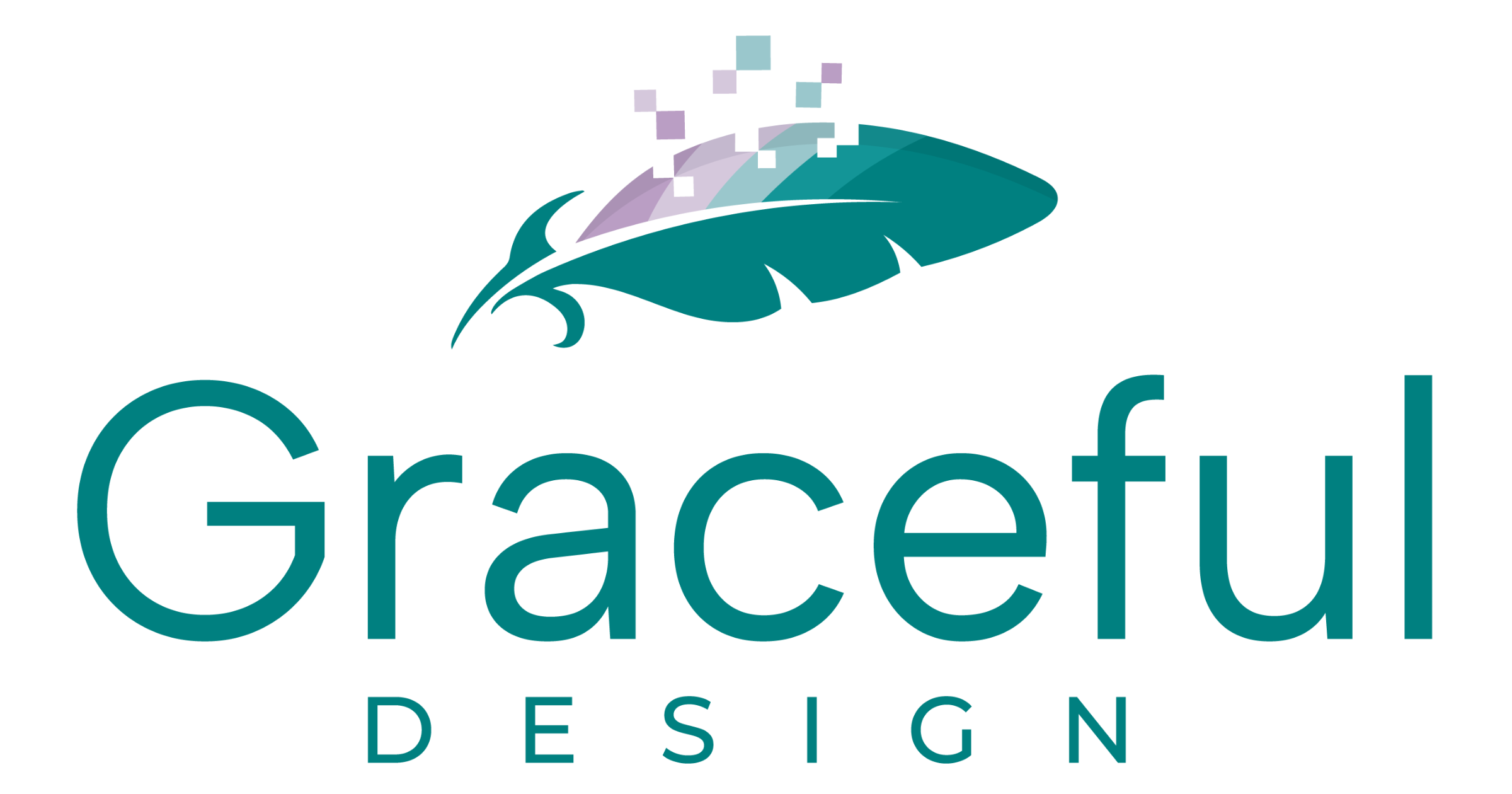Branding is the beating heart of any business. It’s more than just a logo or a catchy slogan. It’s how your business speaks to your customers, tells your story, and distinguishes itself in a crowded marketplace. Strong branding builds trust, fosters customer loyalty, and helps businesses thrive. Whether you’re just starting or looking to revamp your image, investing time and effort into branding is crucial.
What Exactly is Branding?
Branding encompasses everything that represents your business to the outside world: your name, logo, colours, messaging, and the feeling people get when they interact with your company. Think of it as your business’s personality and reputation rolled into one.
A successful brand doesn’t just grab attention, it makes a promise to customers about what they can expect from your products or services. That promise delivered consistently, fosters trust and keeps your customers coming back.
Why is Branding So Important?
Recognition and Consistency
Great branding makes your business instantly recognisable. When you see that iconic swoosh on a shoe, you know it’s Nike, even without the name attached. Consistent branding across all touchpoints—website, social media, emails, and packaging—creates familiarity, which is crucial for building long-term relationships with your audience.
Trust and Credibility
A polished brand conveys professionalism. In today’s market, where consumers are spoiled for choice, trust is a huge factor in decision-making. If your brand looks and feels cohesive, customers are more likely to view you as reliable and credible.
Differentiation
Your brand helps you stand out from competitors. Whether through visuals, tone of voice, or unique brand messaging, strong branding distinguishes your business in the market and highlights what makes you different or better.
Emotional Connection
Branding connects with your customers on a deeper level. It taps into emotions, evoking feelings of joy, confidence, or comfort, depending on what your business stands for. These emotional connections are powerful—they make your customers loyal advocates for your brand.
How to Source the Right Branding Assets
Whether you’re starting from scratch or looking to upgrade your brand, sourcing the right assets is key. Here are some tips:
Hire a Graphic Designer and Web Designer
These are two different but complementary roles. A graphic designer will create visual assets such as your logo, typography, and colour palette. A web designer will ensure that your brand’s online presence reflects your identity and functions smoothly across all devices.When hiring, look for professionals with experience in your industry and a strong portfolio that resonates with your vision. Check their client reviews and communication style to ensure they understand and can bring your brand to life.
Ask for Recommendations
Ask within your networks for good graphic designers and web designers. If you like a website’s particular style, bookmark it so you can draw on it for inspiration.
Brand Photography and Imagery
Consistent and high-quality imagery is another vital part of branding. Consider hiring a photographer for custom images that resonate with your brand. Stock images can work in a pinch, but custom photography ensures that your visuals are unique to your business.
Developing Your Brand’s Voice
Your brand’s voice is how your business “speaks.” It should be authentic and consistent across all platforms—from social media posts to website copy and customer service interactions.
Know Your Audience
Understanding who you’re speaking to is the first step in developing your brand’s voice. Are your customers youthful and trendy, or are they more conservative and professional? Tailor your tone to speak directly to them.
Define Your Brand’s Personality
Think of your brand as a person. Is it playful and quirky, or serious and authoritative? Defining your brand’s personality will guide your language choices. For example, a quirky brand might use light-hearted humour in its messaging, while a more serious brand would opt for straightforward and informative language.
Be Consistent
Once you’ve defined your voice, keep it consistent across all your content. Your customers should feel like they’re interacting with the same “person” whether they’re reading your emails, browsing your website, or engaging with your social media posts.
Adapt to Different Platforms
While consistency is key, it’s also important to adapt your voice slightly to different platforms. For instance, you might be more conversational and casual on social media, while your website or emails might require a more polished tone.
Branding is a journey, not a destination. Your brand may evolve over time, but staying true to your core values and consistently communicating with your audience will always be key.
